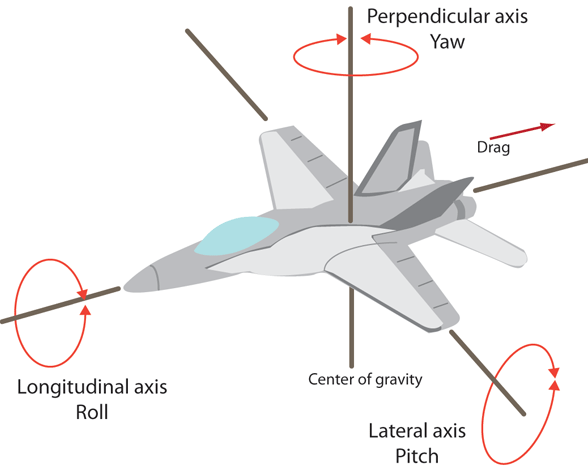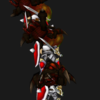I have a few questions about the dummy.mdl.
I don't have any knowledge about modelling.
Why are there 180 rotations but 181 sequences? I guess it is used for looping but the dummy.mdl doesn't loop.
Why are InTan and OutTan the same?
How are (certain) tangents computed? Most of the time it's for the current angle α simply: quat (0, 1, 0) (α-1), so one degree less rotated. But not always. Is there a system to it?
Why is the interpolation hermite at all? I've read somewhere that rotatios are best hermite but i have generated my own model and simply tried linear (or none? i haven't supplied any tangents) and it seems to work just fine.
Why does the interval start at 300? Can it be less?
Why in steps of (1/3)? Can it be less?
Now i already said that i generated my own model. The plan was to generate a dummy model which can be turned both around the x- and y-axis.
In my tests it seems like the number in the Interval-block and/or the number which represents the rotation cannot be greater than ~16000. Is this correct or did i just made an error somewhere? I *think* the specs says such number is a dword (4byte) which ofcourse shouldn't by limited by 16000.
I don't have any knowledge about modelling.
Why are there 180 rotations but 181 sequences? I guess it is used for looping but the dummy.mdl doesn't loop.
Why are InTan and OutTan the same?
How are (certain) tangents computed? Most of the time it's for the current angle α simply: quat (0, 1, 0) (α-1), so one degree less rotated. But not always. Is there a system to it?
Why is the interpolation hermite at all? I've read somewhere that rotatios are best hermite but i have generated my own model and simply tried linear (or none? i haven't supplied any tangents) and it seems to work just fine.
Why does the interval start at 300? Can it be less?
Why in steps of (1/3)? Can it be less?
Now i already said that i generated my own model. The plan was to generate a dummy model which can be turned both around the x- and y-axis.
In my tests it seems like the number in the Interval-block and/or the number which represents the rotation cannot be greater than ~16000. Is this correct or did i just made an error somewhere? I *think* the specs says such number is a dword (4byte) which ofcourse shouldn't by limited by 16000.






